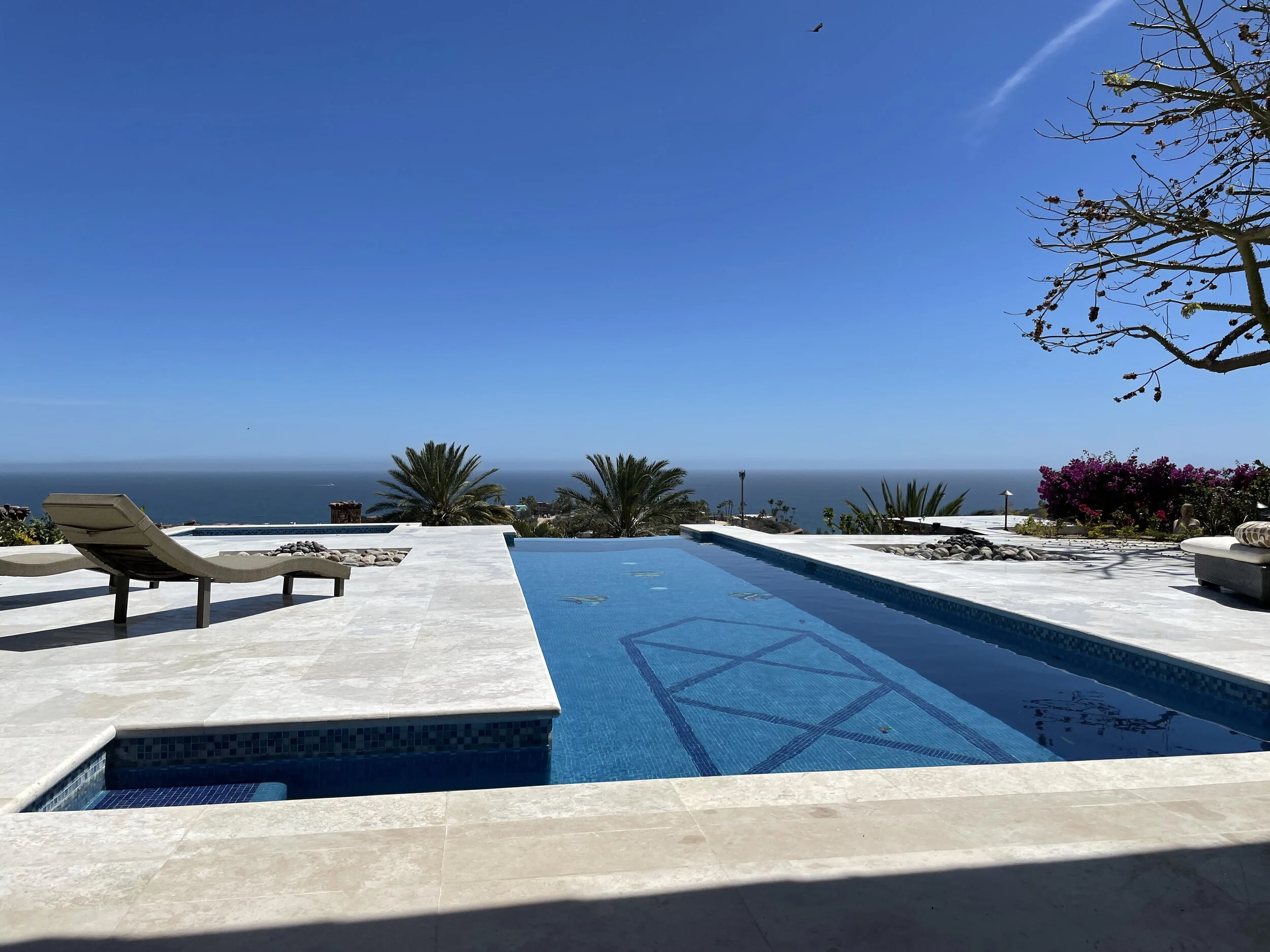This Week in Bridge
(366) Responder’s Rebids After Making a Freebid
©AiB Robert S. Todd
Level: 5 of 10 (2 of 6) robert@advinbridge.com
General
As Responder, when we freely bid a suit after our RHO overcalls in a suit, then our first bid is forcing. How forcing that bid is (1-round vs. game forcing) is dependent on what level we make our freebid. This basic agreement helps our side with the rest of the bidding as well. We must use Opener’s rebid as well as our hand to determine our rebid to continue to search for a Major suit fit. We also must communicate about stoppers in the opponent’s suit and how strong our hand is. Let’s take a look at these auctions in details and try to make sure that we do not let the opponent’s simple overcall cause us to have a bidding mixup.
After We Make a 1-Level Freebid
When our first bid was a freebid at the 1-level, it did not promise significant extra values (just 6+ points). If we freebid 1♠ afer a 1♥ overcall, we promised a 5+card suit (not just a 4-card suit), but we need to still communicate our values (minimum 6-9 points, invitational 10-11 points, game forcing 12+ points). As Responder if we have a distributional hand, we want to compete in the bidding or correct the partscore, even with a minimum hand. We can do that by bidding a suit cheaply (below our first bid suit or rebidding our first bid suit).
Example 1
♠ 98432
♥ 3
♦ J54
♣ KQT43
1♦ 1♥ 1♠ P
1NT P __?
Here we bid 2♣. This is non-forcing and corrective. If we want to force the bidding, we can cuebid the oppponent’s suit.
With a better hand we can bid 2NT, jump in our suit (jump rebid), or bid a new suit higher-ranking than our first suit.
Example 2
♠ AJ842
♥ 92
♦ 2
♣ KQT43
1♦ 1♥ 1♠ P
2♦ P __?
Here we rebid 3♣ to show our long ♣ suit and invitational values, about 10-11 points.
With a game forcing hand then we need to take a clearly forcing action. We can either jump to game, reopen with a double, or cuebid the opponent’s suit.
Example 3
♠ KQ952
♥ KJ3
♦ 72
♣ KQ3
1♦ 1♥ 1♠ P
2♦ P __?
Here we simply rebid 3NT, showing game forcing values and a stopper in the opponent’s suit.
After We Make a 2-Level Freebid
When our first bid is a freebid at the 2-level, then we have shown 10+ points. The most important piece of information to communicate with our rebid is whether we have only an invitational bid or we have game forcing values. We also need to take into account whether Opener has shown a minimum hand (made a non-forcng bid) or shown extra values (make a forcing bid).
Example 4
♠ 9842
♥ K3
♦ 72
♣ AQJT3
1♥ 1♠ 2♣ P
2♦ P __?
Here we could pass 2♦ (the modern style is to play 2♦ by Opener as natural and denying extra values), but it is best to correct back to Opener’s first bid suit.
After We Make a 3-Level Freebid
If we made a freebid at the 3-level with our first bid, then we are in a game forcing auction. That means that we need to figure out if we have a Major suit fit or if we have a stopper in the opponent’s suit.
Example 5
♠ 92
♥ KJ3
♦ A4
♣ KJT943
1♠ 2♥ 3♣ P
3♦ P __
With this hand we rebid 3NT, showing our stopper in the opponent’s suit.
Example 6
♠ Q2
♥ 93
♦ AK4
♣ KJT943
1♠ 2♥ 3♣ P
3♦ P __
With this hand we rebid 3♥, a Western Cuebid, to ask partner if they have a stopper in the opponent’s suit.
Conclusion
As the Responder, when we make a freebid, we create a forcing auction and show values (6+, 10+, 12+ based on the level). Opener then makes a rebid that communicates a lot about their hand (values, fit, distribution, and stoppers in the opponent suit). We then use this information to continue the auction. A stopper in the opponent’s suit becomes the key factor for bidding notrump, while cuebidding the opponent’s suit is our fallback plan without a stopper in the opponent’s suit or with a strong hand still looking for a fit.

